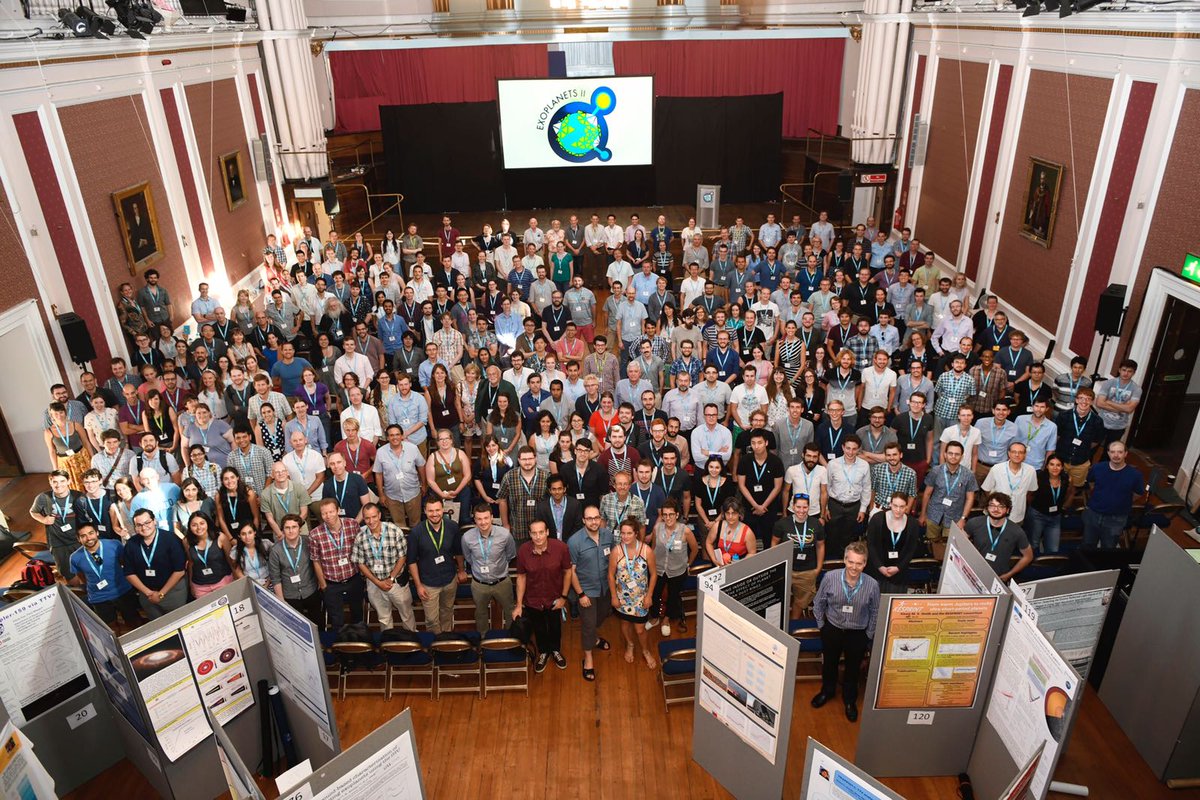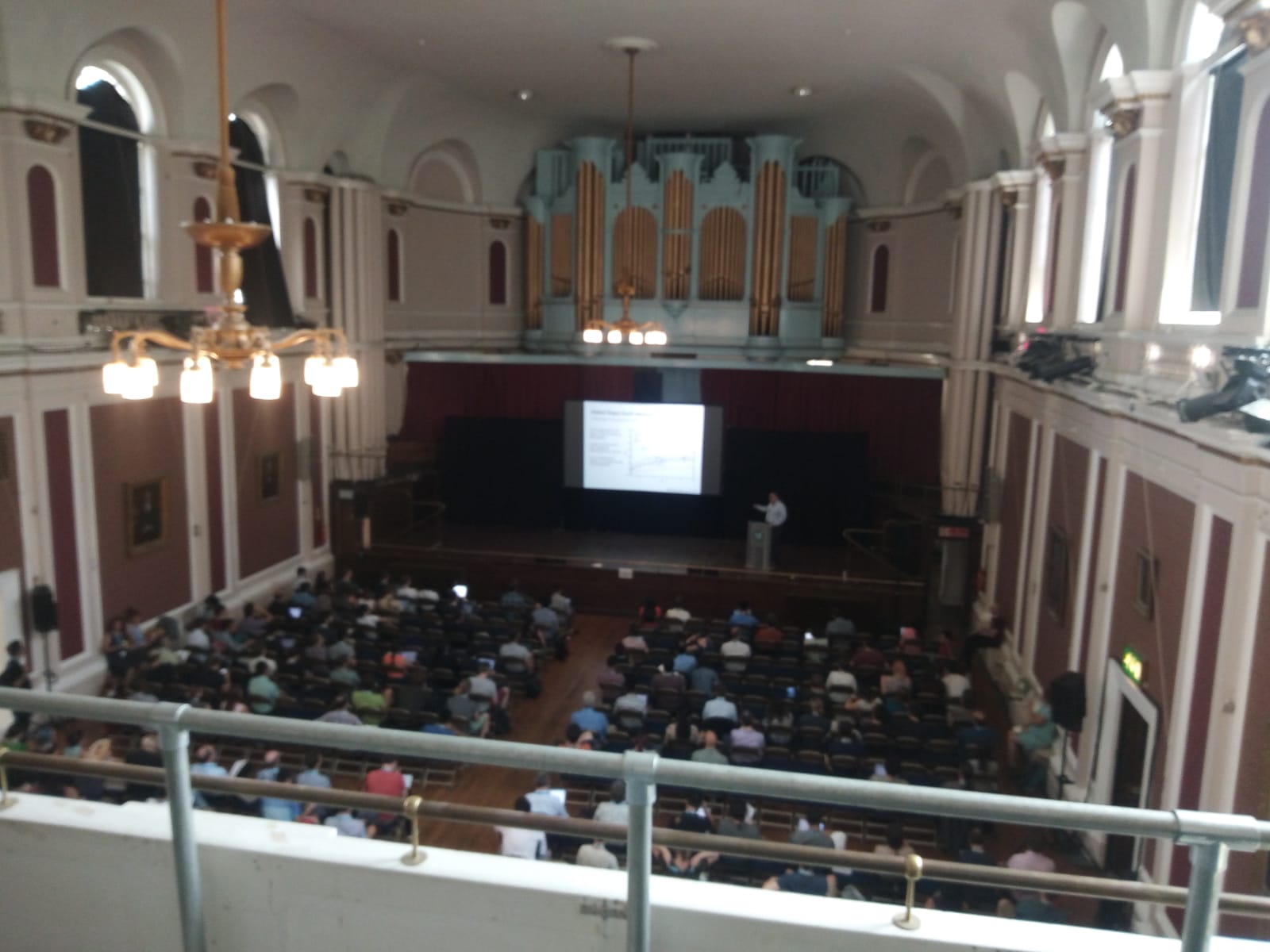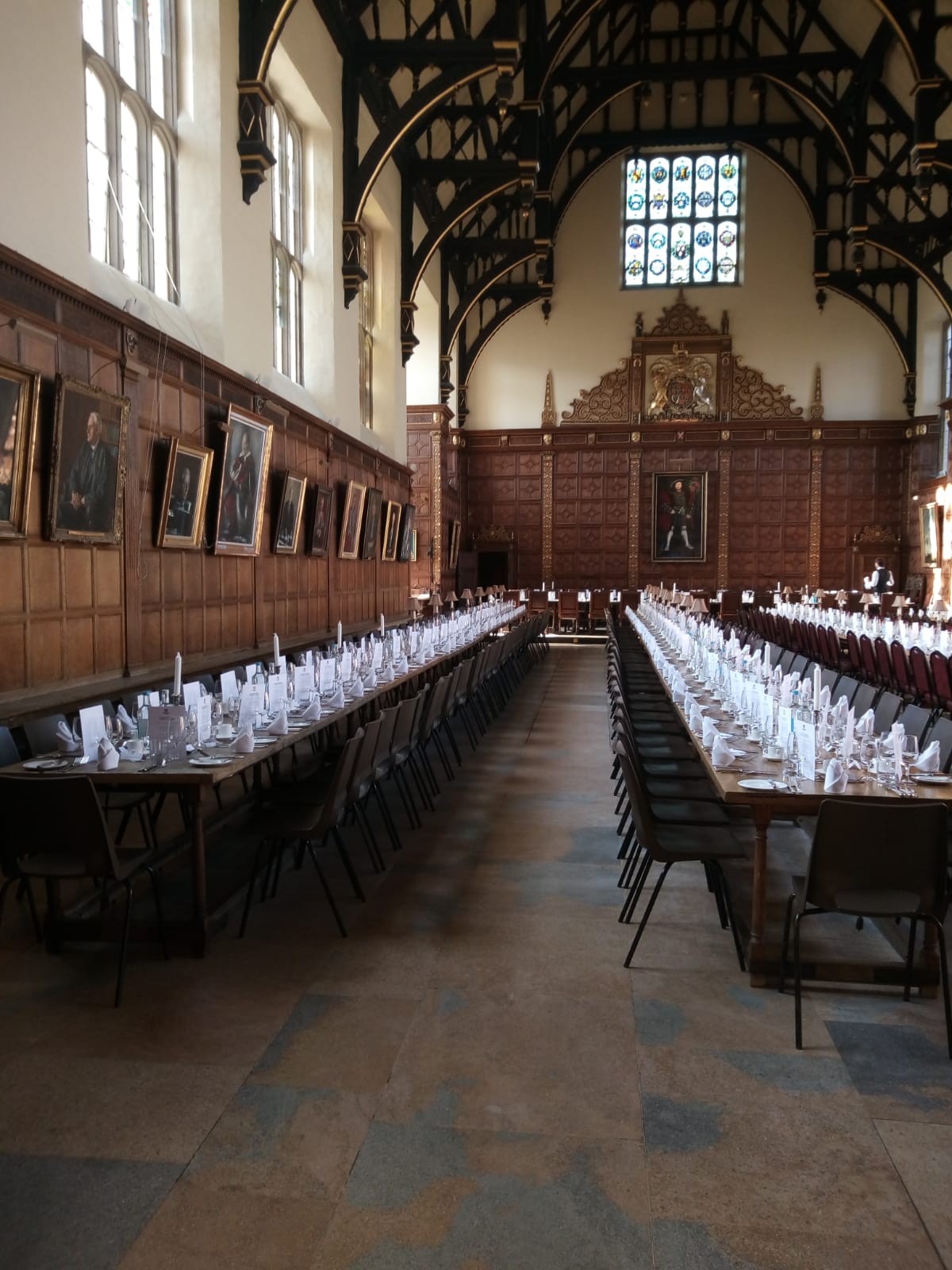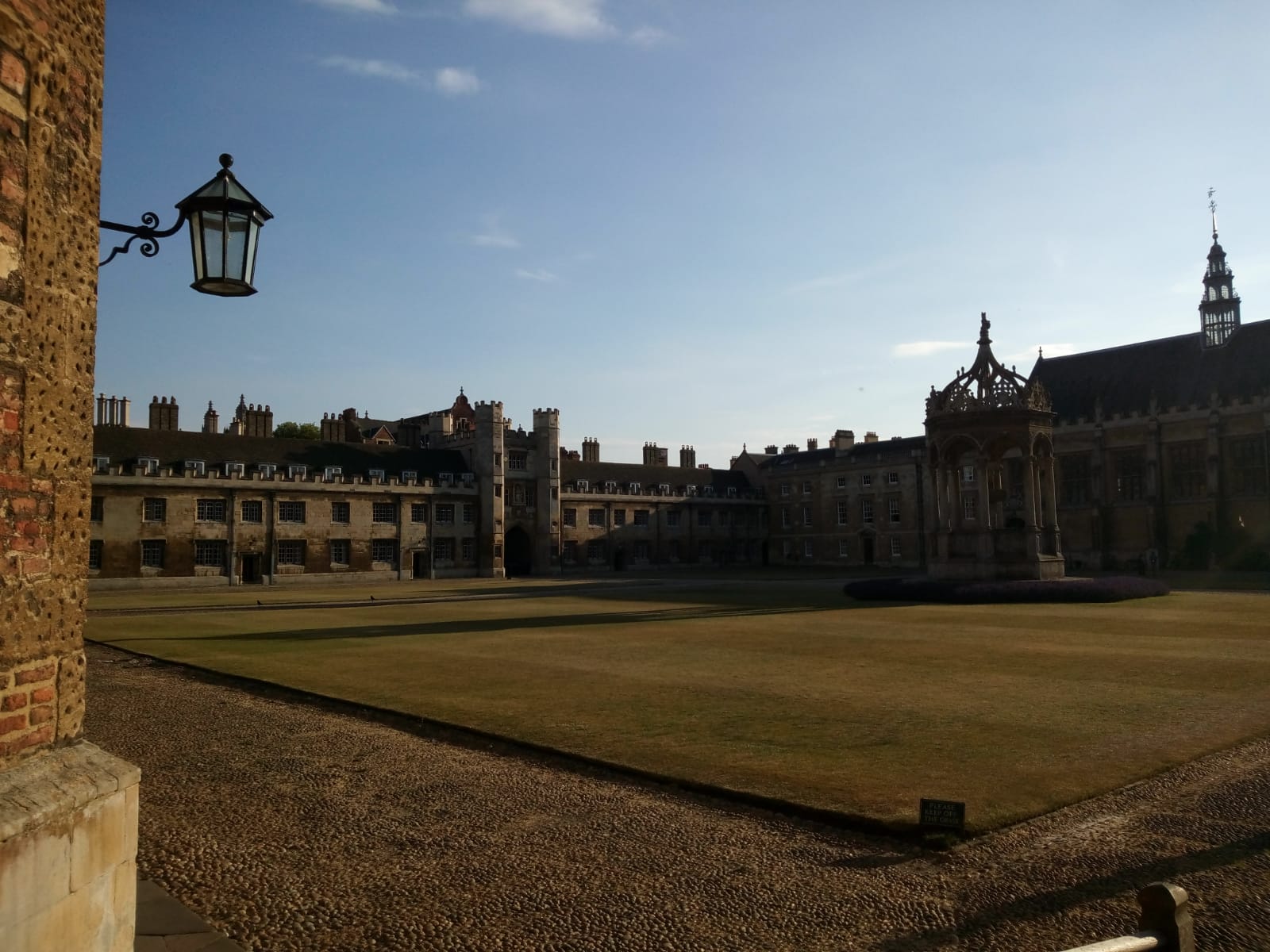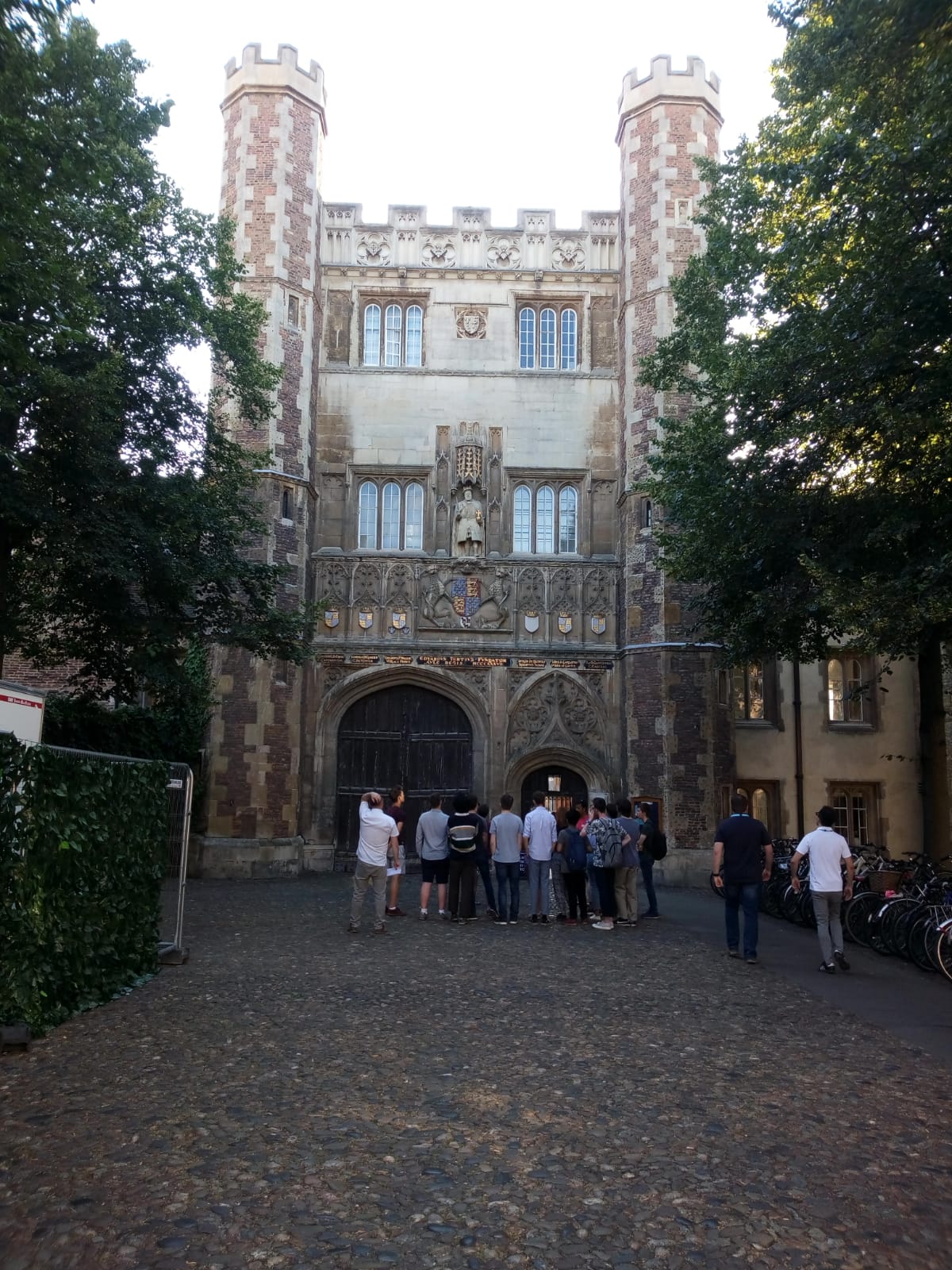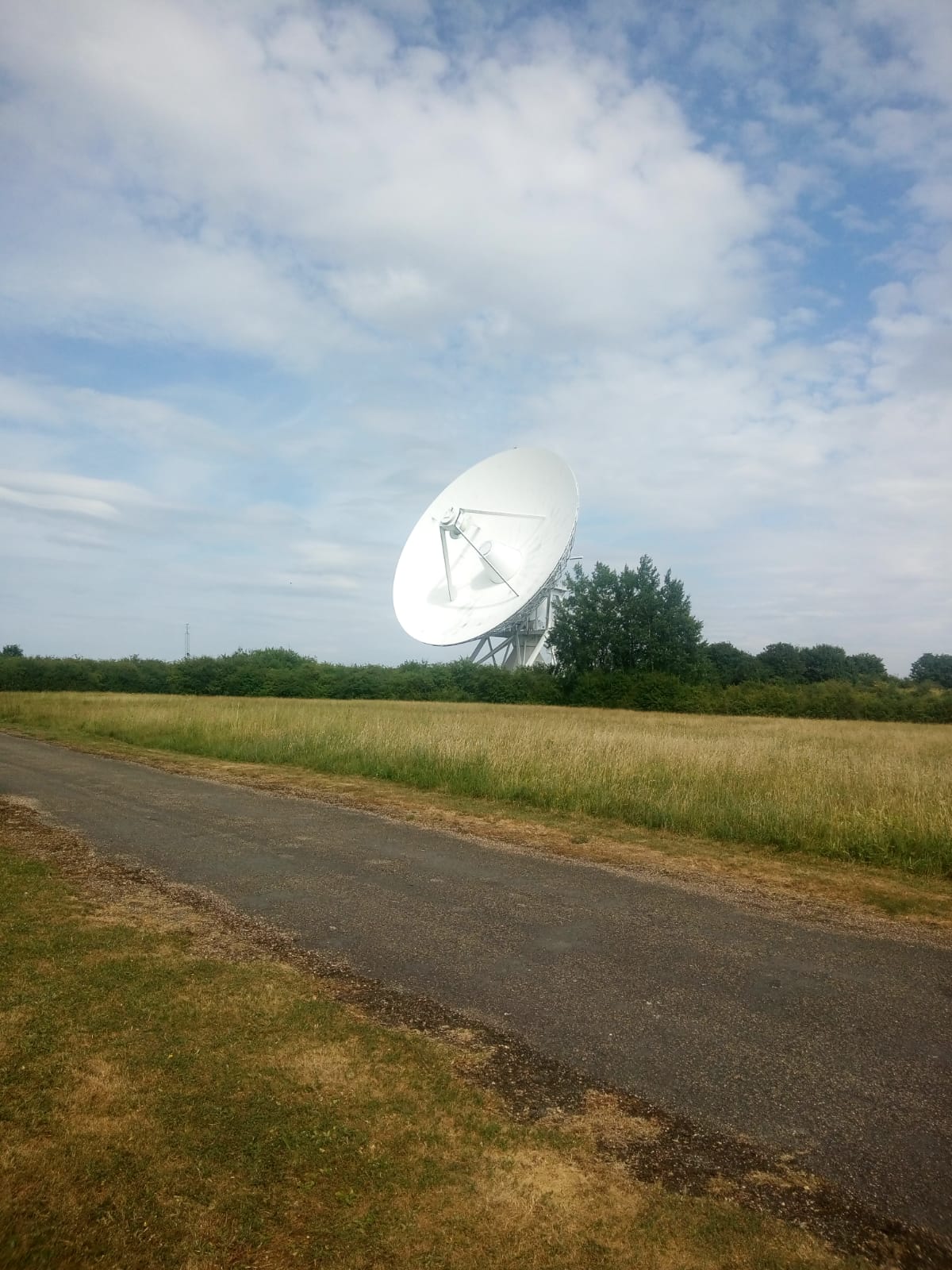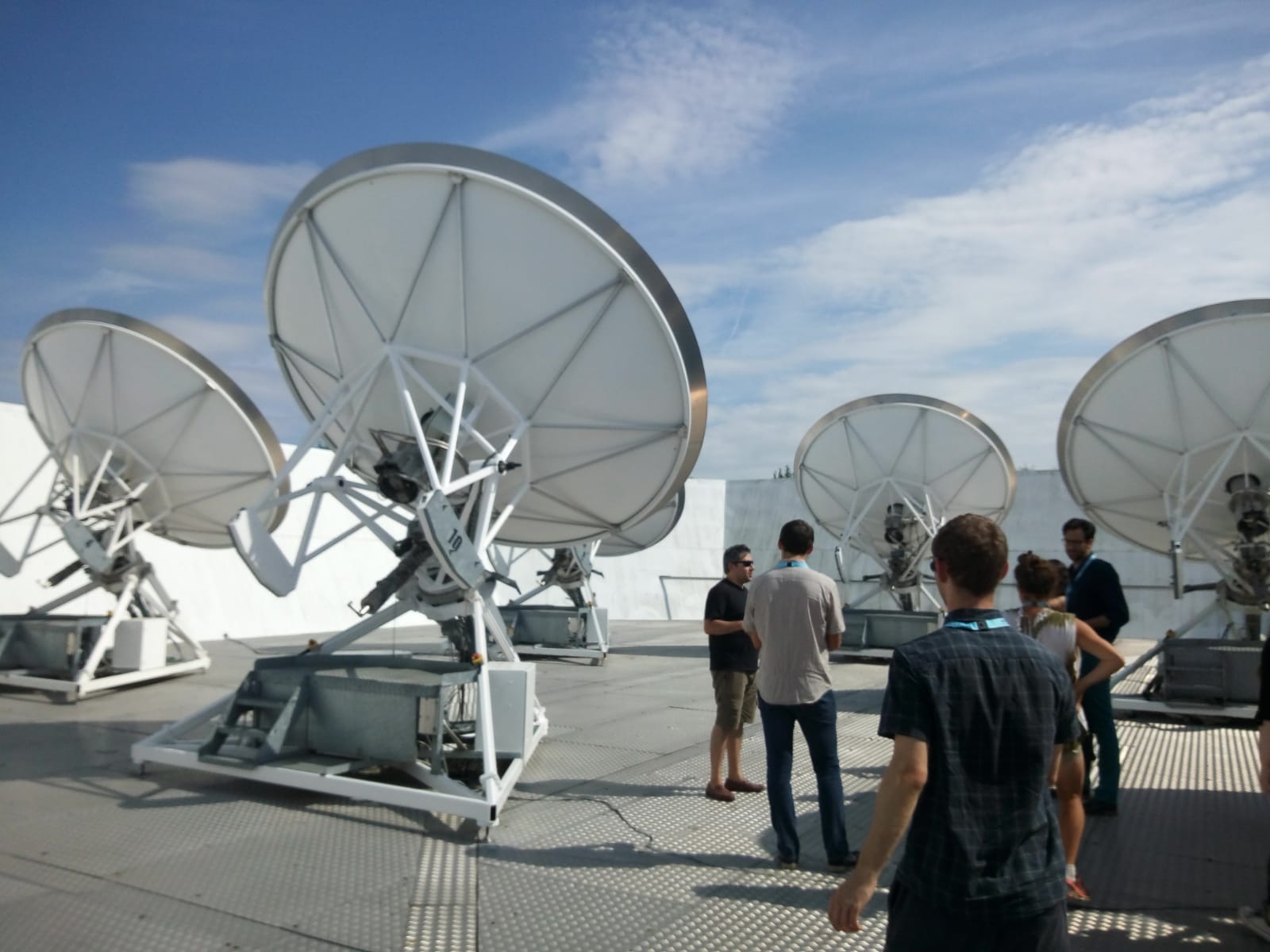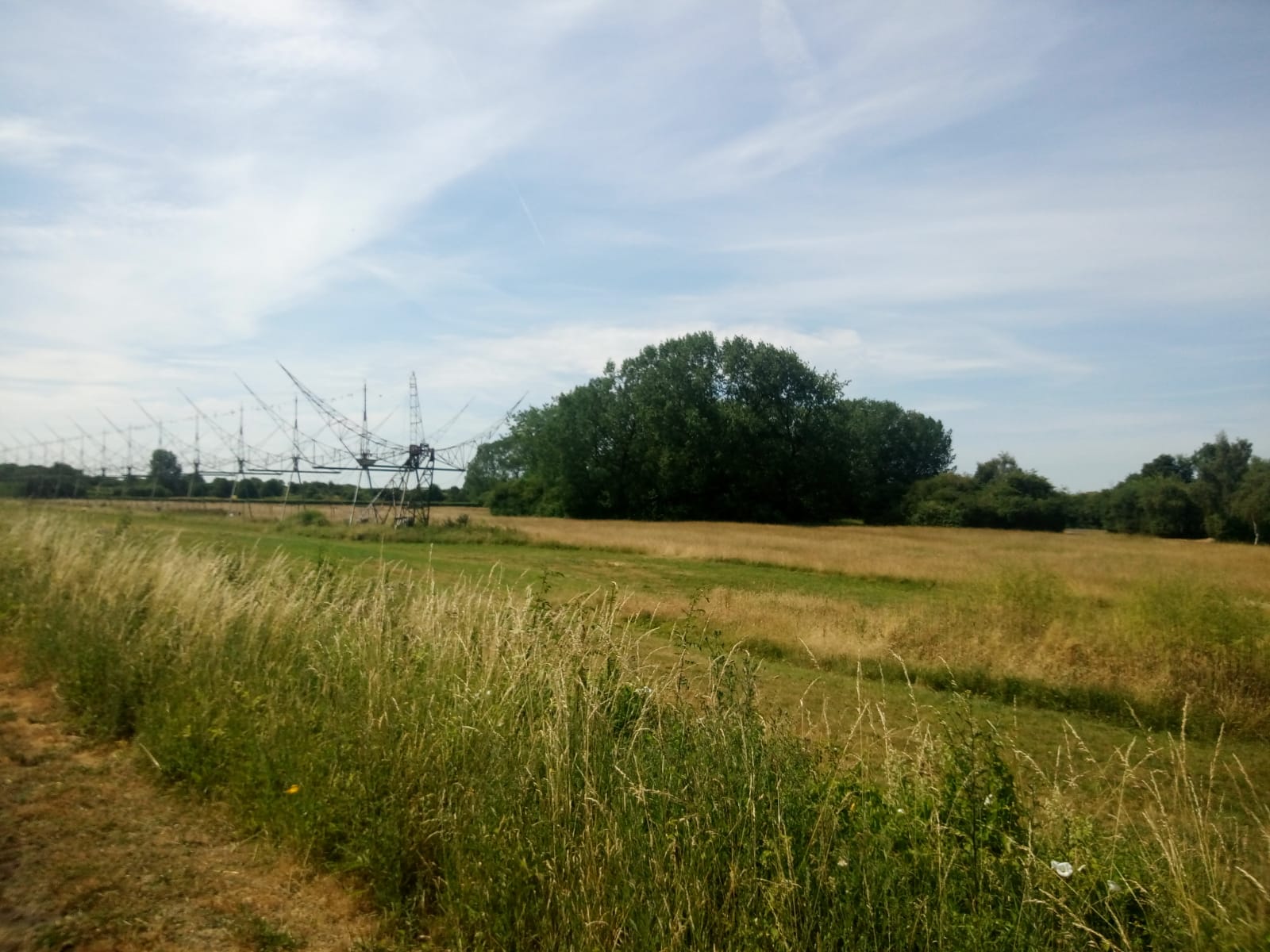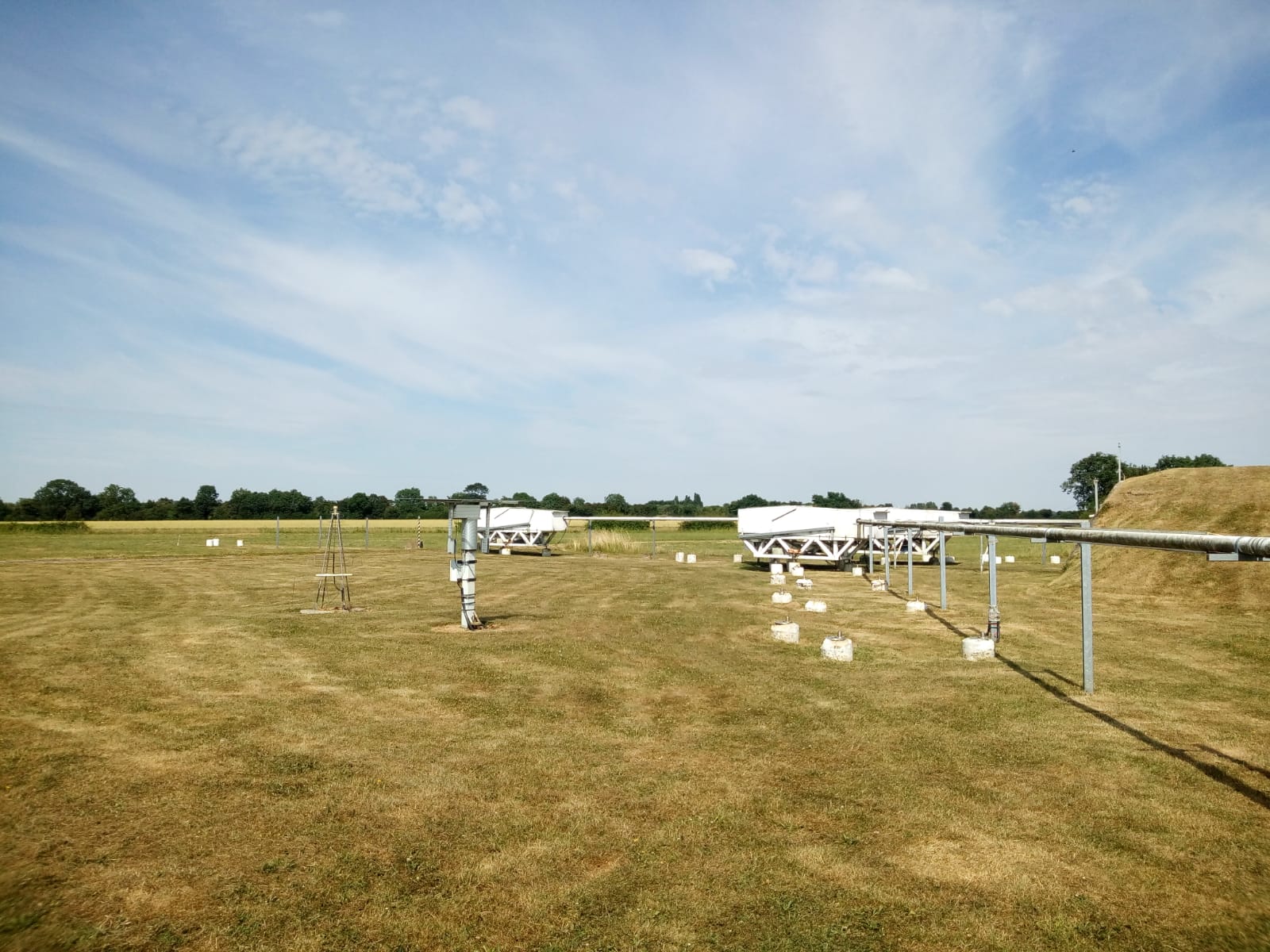PlanetS at Exoplanets II
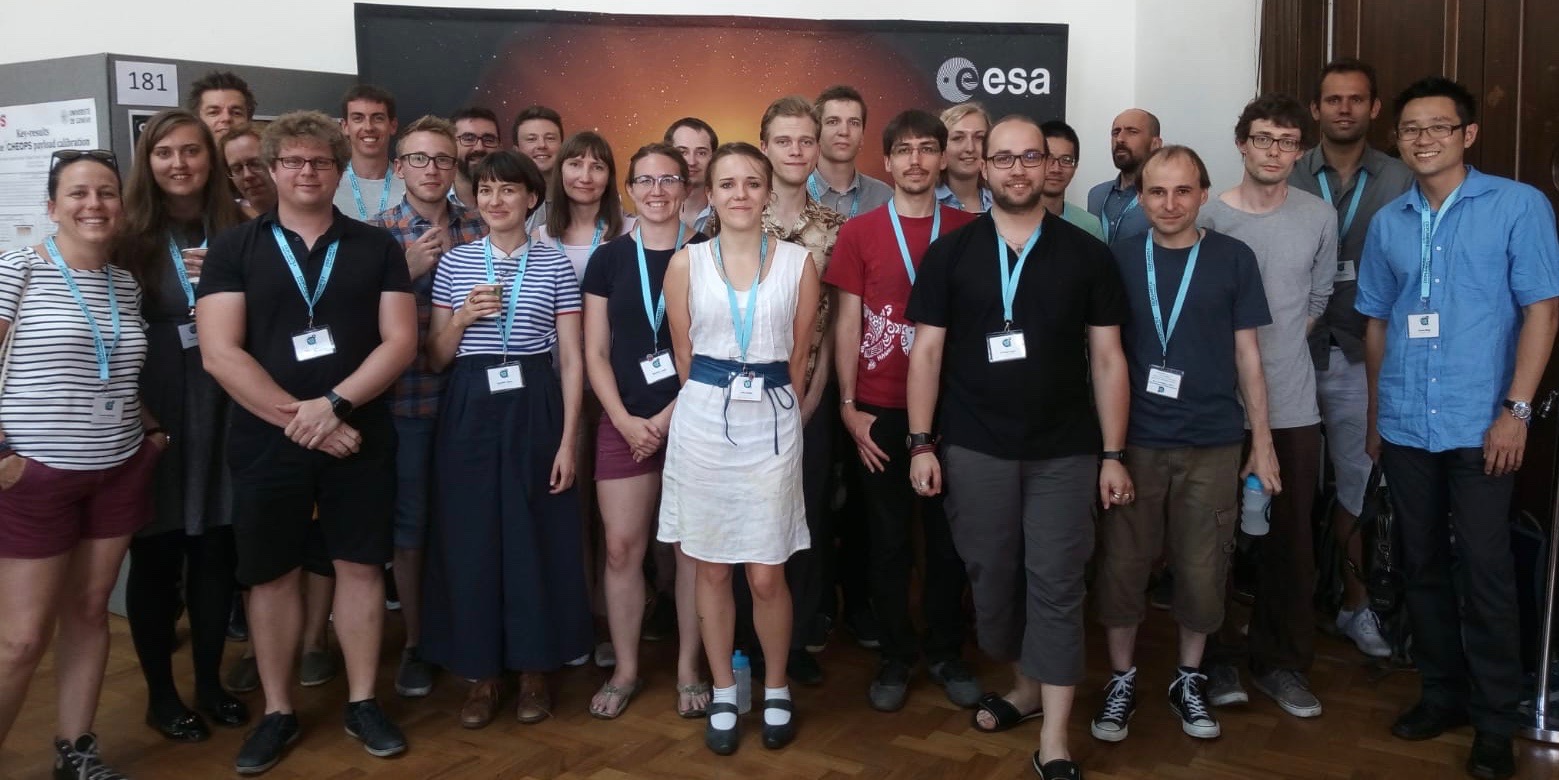
By Thibaut Roger
Two to three hundred exoplanetary scientists from all around the world met in Cambridge from the 2nd of July to the 6th of July, for the Exoplanets II conference. It followed the first edition two years ago in Davos and will continue in Heidelberg in 2 years. More than 30 members and associates of PlanetS were there as participants, or even as organisers for two of them: Didier Queloz and Kevin Heng. Here is a summary of what happened, based on discussions with some participants.
Oh and one last thing before we start: mark your calendar! The next four editions of the conference have already been announced. They will in be :
- Heidelberg, 2020
- Las Vegas, 2022
- Amsterdam, 2024
- Porto, 2026
A word about the schedule: the first day was dedicated to detection of exoplanets with various methods, while the second one focused more on characterisation and formation scenarii. The third day was then dedicated to systems architecture. Finally the last two days focused on exoplanet atmospheres (and climate), their detection and modelisation. Overall, the talks and their quality seem to have been mostly appreciated by the participants, as Caroline Dorn said:
Compared to Exoplanet I, I really enjoyed all the talks that concern the population of Kepler planets. These studies (lead by e.g., Fulton, Brewer, Owen, Schlichting, ..) are new avenues to study the diversity of planets and how they are determined by their stellar environment.
Or as Manu Stalport said:
I personally enjoyed the talk from Melvyn Davies. Indeed, he is trying to understand the resilience likelihood of small planets in the HZ in the presence of giant planets further out, after the latter suffered from instabilities. What is interesting is that the study is consistent with many aspects of exoplanets science: e.g., formation models generate a bunch of bodies, leading to instabilities (=> makes sense to wonder what happens to small planets in the HZ); possibilities for observations (the small inner planets being detected by transits and the outer big ones by RV, the study can orientate ourselves toward systems around which to search for transits by looking at the architecture of the outer planets).
(You can see the slides from Melvyn Davies talk here)
I personally liked Lauren Weiss’ talk as it sparkled an interesting debate.
There were also about 200 posters displayed in the conference room and around, but unfortunately this part was less successful, with many judging the poster area too small and packed to just be able to stand around a poster. For many people I could talk to, it was a big pity that it was such a labyrinth where it was impossible to stand with more than 1 person, specially given the poster sessions were starting at 6PM after 9h of program. You can find the list of posters here.
Space, despite being an inherent part of our research topic, seemed also to be lacking for many participants who would have liked a bigger venue (despite the positive fact this one had character) for more comfort and… given the heatwave, a colder one ! Finally, a last important aspect of conferences is the networking, and this seems to have divided a lot the participants, where some “met several interesting people” or “could talk to the people I wanted”, while others would have liked “more time to talk” or “a set venue for lunch/dinner times to foster networking”.
The exoplanets conference series is still young, and despite having some weaknesses, as also great strength, one of the main being the will of the organisation committee to improve during the following editions, as Kevin and Didier called for feedback and are already searching for solutions, as Kevin Heng noted in this nice article about the genesis of the series of conferences.
To finish the article, here is a gallery of various pictures from the conference and around, including the social activity of the Mullard Radio Astronomy Observatory.

The participants enjoying the beautiful venues of Cambridge before the conference dinner (Photo Kevin Heng)


